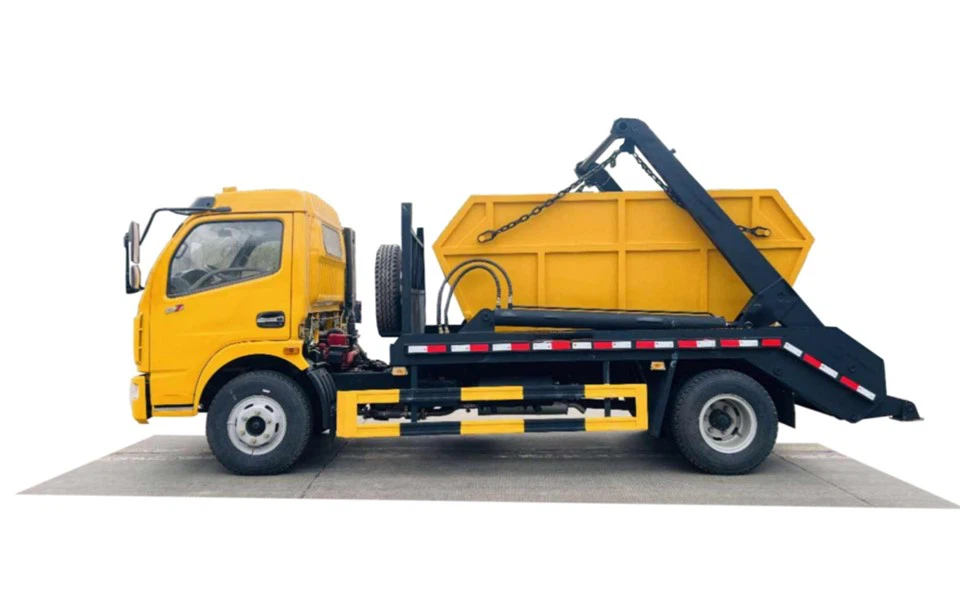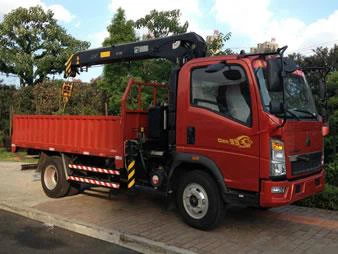Understanding Fuel in the Bowser: Everything You Need to Know

Fuel in the bowser is a term commonly used in regions like Australia to refer to the fuel present in the storage tank of a filling station or petrol bowser. This article will delve into the various aspects of fuel in the bowser, exploring its types, importance, storage, management, and more. We will also provide practical tips for consumers and businesses alike.
What is Fuel in the Bowser?
Fuel in the bowser refers to the liquid hydrocarbon fuels stored in large tanks at petrol stations, ready for dispensing into vehicles through pumps. This fuel can vary widely depending on the grade, type, and local regulations.
Types of Fuels in the Bowser
There are several types of fuel commonly found in the bowser:
- Petrol (Gasoline): The most common fuel type for cars, commonly available in different octane ratings.
- Diesel: Used for trucks and some cars, diesel is heavier and usually has better fuel economy.
- Ethanol: Often mixed with petrol, ethanol is a renewable fuel made from plant materials.
- Biofuels: Derived from organic materials; these are gaining popularity for being more environmentally friendly.
- Compressed Natural Gas (CNG): Used primarily in buses and some cars, CNG is a cleaner and cheaper alternative to petrol and diesel.
Importance of Proper Fuel Management
Proper management of fuel in the bowser is essential for various reasons, including safety, cost efficiency, and environmental impacts.
Safety Considerations
Fuel is highly flammable and poses significant risks if not managed properly. Storage tanks must comply with strict safety regulations to prevent leaks, spills, and fires.
Safety Tips for Fuel Management
- Regularly inspect storage tanks for leaks.
- Ensure proper ventilation in fuel storage areas.
- Train staff on emergency response procedures.
Cost Efficiency
Managing fuel efficiently can lead to significant cost savings for businesses operating fuel stations. By monitoring levels and understanding consumption patterns, businesses can optimize orders and reduce overstock situations.
Environmental Impact
Fuel storage and handling practices directly influence environmental health. Leaks can contaminate groundwater, and improper disposal can lead to air pollution. Employing eco-friendly practices minimizes the carbon footprint associated with fuel management.
How Fuel is Stored in the Bowser
Understanding the storage facilities for fuel is crucial for anyone interested in this topic. Fuel in the bowser is typically stored in underground tanks that have specific requirements to ensure safety and efficiency.
Storage Tank Types
| Tank Type | Description | Common Applications |
|---|---|---|
| Single-Walled Tanks | Basic design with a single layer of steel. | Low-risk areas. |
| Digi-Tanks | Allow for remote monitoring of fuel levels. | High-volume stations. |
| Double-Walled Tanks | Contain a secondary layer for added protection against leaks. | Higher-risk locations. |
Regulatory Compliance
Storing fuel requires adherence to various local, state, and federal regulations. These regulations vary by location but typically include safety standards, environmental protection guidelines, and inventory management practices.
Fuel Dispensing Systems
The fuel dispensing system is the mechanism that delivers fuel from the storage tanks into vehicles. Understanding these systems can provide insight into fuel management efficiency.
Components of a Fuel Dispensing System
- Pumps: Responsible for moving fuel from the storage tanks to the nozzle.
- Nozzles: The interface for customers to fill their vehicles; some are equipped with automatic shut-off features.
- Filter System: Ensures that contaminants are removed before the fuel reaches the vehicle.
Best Practices for Fuel Dispensing
- Regularly maintain pumps and nozzles to prevent breakdowns.
- Train staff to assist customers and handle emergencies.
- Monitor fuel sales to manage inventory effectively.
Pricing Strategies for Fuel in the Bowser
Fuel pricing is complex and influenced by various factors. Understanding these can help consumers and businesses make informed choices.

Factors Influencing Fuel Prices

- Crude Oil Prices: Global oil prices heavily impact local fuel costs.
- Supply and Demand: Regional demand spikes can lead to higher prices.
- Taxes and Levies: Government taxes can vary by state and directly affect pricing at the pump.
Consumer Strategies for Saving on Fuel
- Use fuel comparison apps to find the best prices in your area.
- Join loyalty programs offered by fuel stations.
- Monitor fuel price trends to buy when prices dip.
Environmental Concerns with Fuel in the Bowser
Fuel storage and dispensing can have significant environmental implications. Understanding these concerns is vital for both consumers and businesses.
Pollution Risks
Fuel leaks or spills can pollute soil and groundwater. Regular inspections and maintenance are crucial to ensure safety and compliance with environmental standards.
Preventative Measures
- Install leak detection systems in storage tanks.
- Ensure proper training for staff on handling hazardous materials.
- Comply with environmental regulations regarding fuel storage.
Future Trends in Fuel Management
The landscape of fuel management is evolving, influenced by advancements in technology and changing consumer preferences.
Technological Advancements
As technology progresses, new solutions will lead to enhanced fuel management.
- Smart Tanks: Capable of real-time monitoring and diagnostics.
- Mobile Apps: Streamlining payment and fuel tracking for consumers.
Shift Towards Renewable Energy
There is a notable global push toward renewable energy options. This shift will influence fuel in the bowser by increasing the availability and blend of alternative fuels.
Frequently Asked Questions (FAQ)
What is the difference between petrol and diesel?
Petrol is a lighter fuel used mainly in cars, while diesel is heavier, providing better fuel efficiency and typically used in trucks and larger vehicles.
How often should fuel storage tanks be checked?
Fuel storage tanks should be inspected regularly, at least annually, or more frequently depending on local regulations and risk factors.
Can I store my own fuel at home?
Storing fuel at home is subject to local laws and regulations. It’s essential to check with your local authorities before doing so.
What should I do if I suspect a fuel leak?

If you suspect a leak, immediately stop using the fuel pump and inform your supervisor or local environmental authority right away.
Are biofuels a viable alternative to traditional fuels?
Yes, biofuels can serve as renewable and less harmful alternatives to traditional fossil fuels, contributing to lower greenhouse gas emissions.
How do fuel prices fluctuate so rapidly?
Fuel prices can change quickly due to varying crude oil prices, regional supply and demand, geopolitical events, and local taxes.
